NOTE: This article was first published over at johncaz.net on the 22th March 2014

Nikon D800 & AFS 85mm f/1.8 @ 6400 ISO, 1/50sec @ f/1.8
INTRO
I spent 2 years with the best camera ever made! The Nikon D800 was and still is to this day a camera that all others are judged by! But my time with the D800 was not always a pleasure. Anyway, if you are contemplating buying new or second hand, you will definitely be buying a very powerful and capable camera. So lets look at the good first and then the not so good!
Resolution 36MP
At the time of release, 36MP was a shocker not only to users but to their computer systems as well. Two years later, and still most computer systems will have a hard time converting or transferring those large files. But, resolution equals detail, equals enlargements, equals cropping power. The D800 had at introduction and still has the highest count so far in the DSLR world (apart from its Sony cousin). I have since upgraded my PC a couple of times and certainly don’t want to upgrade any time soon. It’s a lot more powerful now with 8 cores and 16GB of RAM and a couple of SSD drives, but it still struggles on large imports after a wedding and I still have the hour glass showing up often, so unfortunately you can’t have large resolution quality with small speedy files. Uncompressed RAW files at 75MB are obviously a big no-no and is not even worth talking about. Lossless Compressed 14bit gives you 45MB files which are OK for landscapes. My recommendation for any other use would be lossless compressed 12bit NEF’s which are 32MB. The last option is “lite” enough for the camera to handle in a speedy manner.
On the topic of resolution let’s talk about printing. The 12MP D700 could print without interpolation to about 26cm, the 24MP D600 to about 42cm and the D800 to 48cm. When I had the D700 I was regularily printing double page wedding album spreads with excellent quality. I ‘m not saying the D800 is not needed but it does put the 36MP into a better perspective – so are you sure the D800 is what you want?
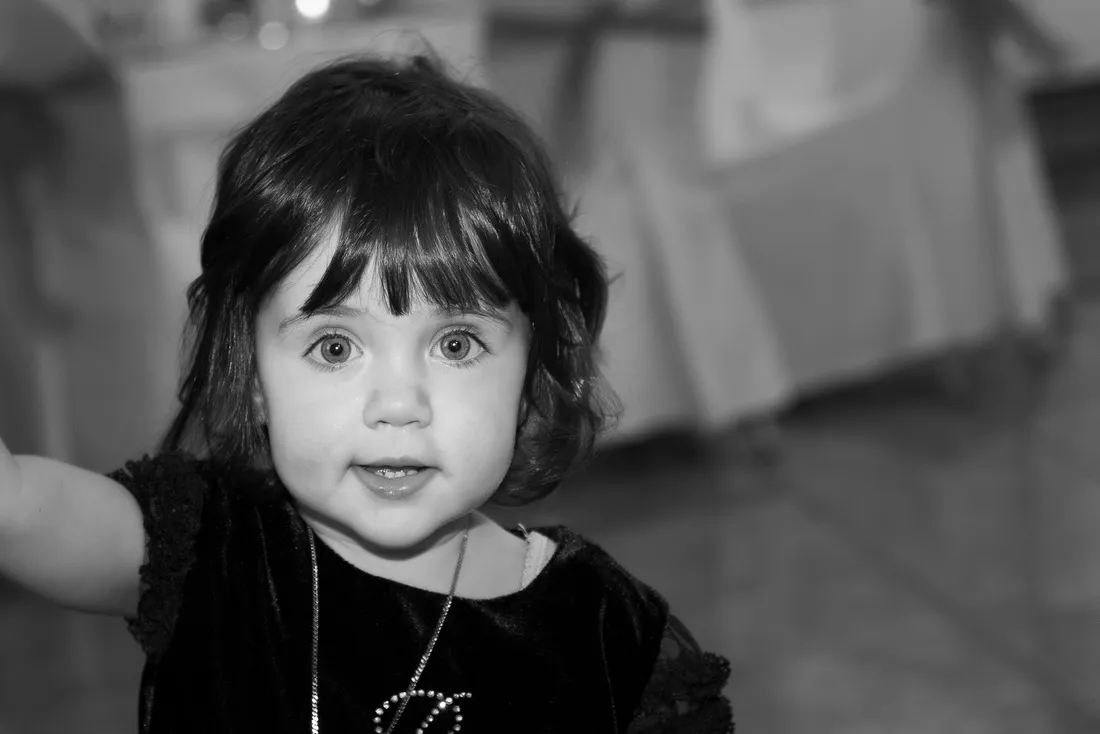
Nikon D800 & AFS 24-120mm f/4G Exposure: 1/60sec @ f/4 @ ISO 800 plus Flash. This portrait of the little girl would not have been available to the mother that requested it if it wasn't for the resolution supplied by the D800. Below is the original file from which I cropped this image.
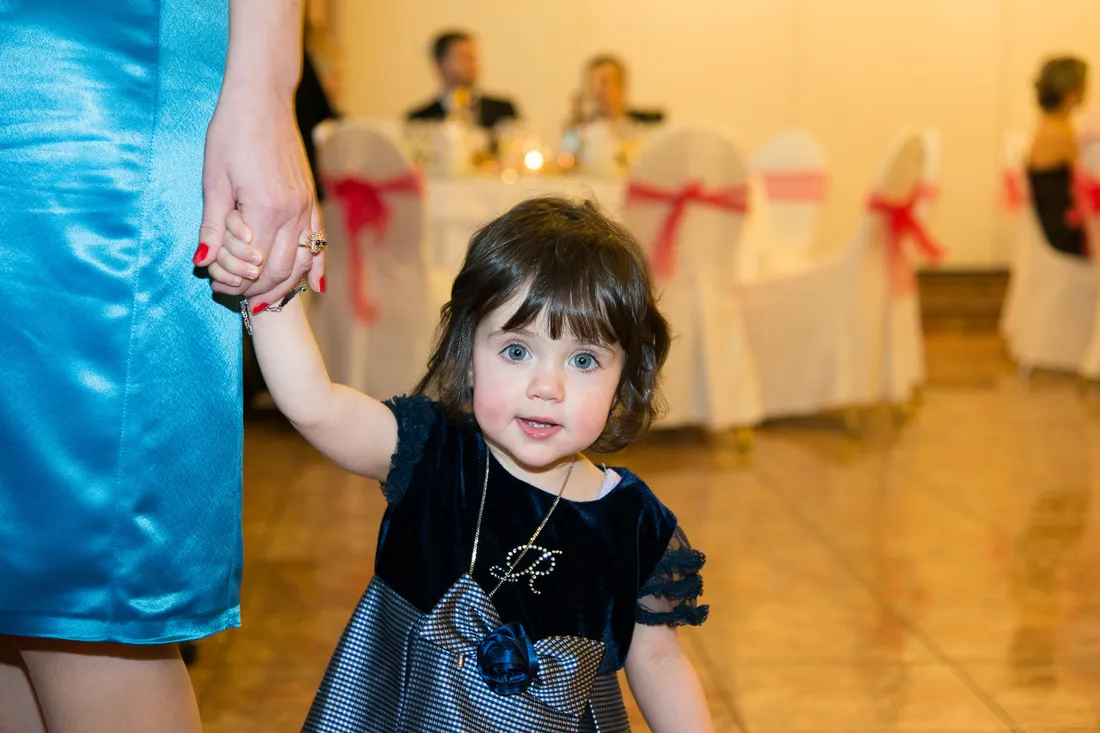
Excellent high ISO performance
In my original review, I was trying so hard to be objective and not let my excitement get the better of me. I mean here I was with the D700 and D3 comparing it to a 36MP monster so there was no way it could be better, right? Wrong! Two years later I can say the D800 is a much better performer at high ISO’s. It’s no D3s but the D800 is so close. Checking my files in Lightroom shows that I never went over 6400 ISO What I also just found out, since I have been using Auto ISO nearly for ever on this camera, is that my 6400 ISO shots are quite plentiful, that was a surprise!
At the lower range of ISO’s, things are very nice indeed. Noise levels at base ISO or even one step above are typically the cleanest, so it’s no surprise then that at 100 and 200 ISO we can’t see much of a difference. At 400 ISO we start seeing a hint of noise in the darker parts of the image and a little more grain. At ISO 800, noise starts to affect the shadows, but the image details are still preserved across the frame. Overall, the ISO performance of the Nikon D800 between 100 and 800 ISO produces excellent results. From 1600 ISO onwards though, noise reduction is evident at the firmware level. At 1600 and 3200 ISO we can see a touch more grain when compared to ISO 800, but there is still plenty of detail to work with. My recommendation is to use Auto ISO all the way up to 3200, if pressed for speed, then go as high as 6400 ISO. NOTE: My remarks above are for test done with no noise reduction set.

Nikon D800 & AFS 70-200mm f/4G Exposure: 1/200sec @ f/4 @ ISO 6400. Below is a 100% screen grab

Dynamic range
At the moment, the 36MP file gives you the best detail, the best dynamic range and a very capable high ISO performance. The beauty of the RAW file is that it can be massaged and tweaked to great lengthts without any signs of degradation. You could easily save a 4-stop underexposed file - even more if you had to.
Autofocus
The one thing I was anticipating for my D700 replacement was the next generation of Nikons AF. When I first heard news of the D800, I was a little disappointed to hear that the old AF CAM3500FX module was still in the D800. Of course I later found out about the other changes so I was excited. So after using the camera I can say that there was a jump in AF performance from the D700. It’s not that I was complaining about the performance of the D700, but I knew the next camera would give us more, and that’s what I was anticipating. The D800 had better tracking capabilities; especially of people even though Nikon never really said that they included face detection but they did mention something about 16 faces in its Matrix metering database! The D800 now has the ability to focus in -2 EV lighting plus you can use teleconverters with a max combined aperture value of f/8. For instance, the AFS 300mm f/4 with TC2.0x works! Though I do avoid that teleconverter ;-)
So faster, more accurate with better tracking are characteristics that sports and wildlife photographers can never get enough off and the D800 doesn’t disappoint, shame it only shoots at 4fps and only at 36MP RAW’s. As I‘ve said before, this is a landscapers camera, sports and wildlife photographers can look elsewhere!
But I didn’t use my D800 for landscapes, I used it for weddings, and I wasn’t disappointed. My 24-70mm focuses much faster on the D800 when compared to my D700. Overall the focusing on the D800 was much faster and for the first time I started to appreciate face detection, though it wasn’t something you could rely on, though still impressive when it did work (no wonder I love the Fuji X-T1 so much!).
Auto bracketing
This is a worthy point of interest? Yes it is! The D800 lets you go from -4 to +4 at 1 stop intervals. That’s a total of 9 frames. As I have already mentioned above, this is a landscapers dream camera. Also, if you happen to forget your remote control, you can still fire off all your desired frames without one, here’s how:
- Select BKT (Set to 9F)
- Place camera in Timer mode (In the Menu set with a 2sec delay and 9 exp.)
- Press the shutter release
- After the 2sec delay, all shots are fired with a half sec gap
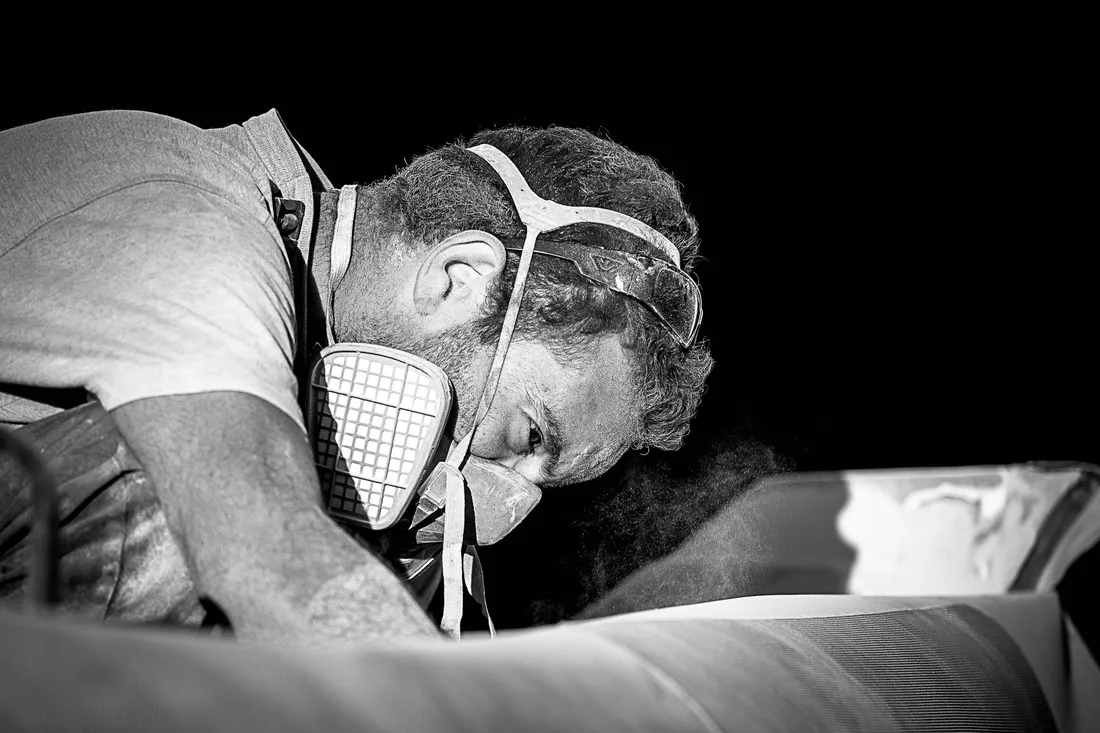
Nikon D800 & AFS 70-200mm f/4G Exposure: 1/800sec @ f/4 @ ISO 100. Worked in an industrial workplace for a few weeks with tonnes of dust floating in the air. The D800 worked fine.
Build Quality
This is what I wrote 2 years ago: “Unlike its predecessors, the D800 does not "feel" like a "Made in Japan" camera like the D700 does, even though that's where its being put together. Don't get me wrong, it’s very well built no doubt, but after using nearly every pro and semi pro Nikon body produced in the last 22 years, this is the first time that a new model hasn't impressed me with its "feel". I can't really pinpoint what it is, but the top housing, the Drive mode dial, the diopter correction dial and the MB-D12 don't seem to be made of the same quality materials as past models. Especially worrying is the diopter correction dial. It seems over-sized for no good reason, feels like it's made of the cheapest plastic and is a real shame to have such an obtrusive piece of plastic accompanying such a beautiful optical viewfinder. But as I have already mentioned, it’s well built - it just doesn't "inspire" the same feel as previous models. I only hope that the natural disasters of last year haven't impacted the well known production quality of Japanese products - time will tell! “
Well, it’s no F5 but it sure is a very well built camera with excellent weather sealing. And obviously, we can rely on Nikons reliability factor, Nikon cameras just keep shooting, no matter what they go through! Personally, I have put the D800 through some very harsh environments and shooting conditions including a sand storm on Limnos Island, a quick drench in the heart of Athens and a drop in the snow on mount Parnitha.
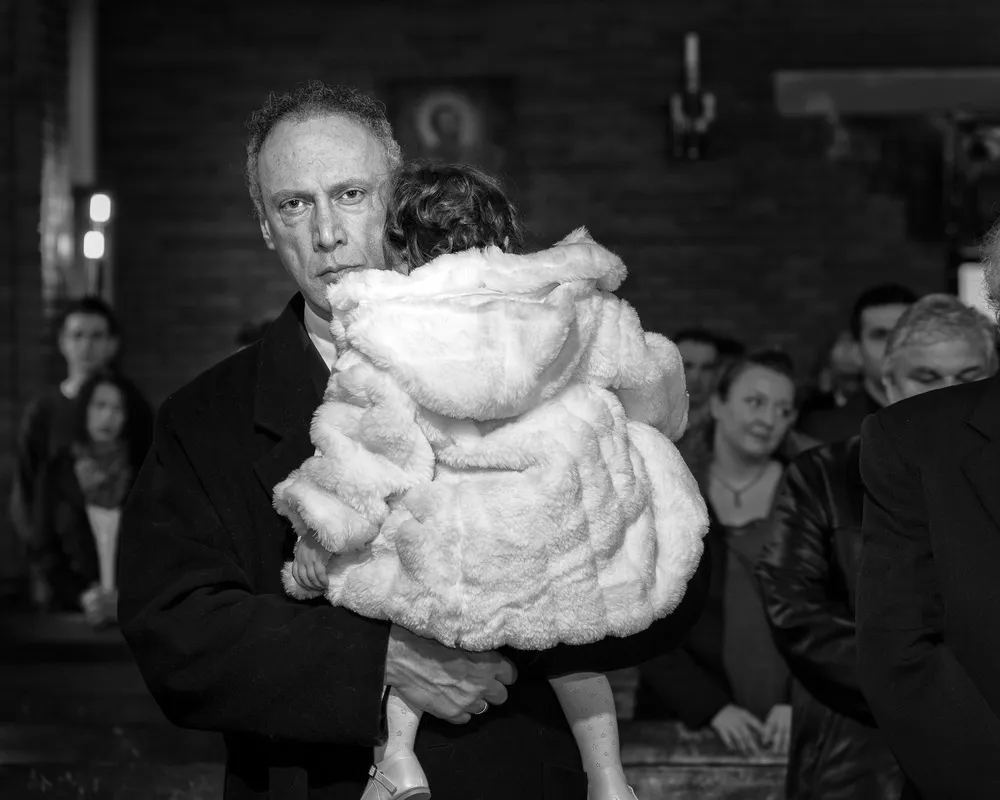
Nikon D800 & AFS 24-120mm f/4G Exposure: 1/60sec @ f/5.6 @ ISO 500
THE NOT SO GOOD!
Warm green coloring: Nikon has been known to have a warm green tinge or hue. Unless a Nikon user shoots for a week with another camera brand and then switches back over to see the difference, he may never notice the hue. And it’s strange how most Nikon users just find it quite normal to correct WB on nearly every shot not realizing that it’s a hue problem. Live viewThis is a real pain, I can’t see how others are using it, it’s so ancient technology and so resource hungry! But then again I don’t shoot video and I generally don’t like the way the live view works, plus it seems to slow everything down!
Auto brightness: Auto screen brightness, just turn it off and leave it off.
Battery: In early November 2011, Nikon announced that they would stop selling essentially all EN-EL3e-based products in Japan due to new safety laws that prohibited the use of such batteries that have exposed electronic contacts. Well 2 years later and other Japanese companies are selling cameras with exposed contacts, I wonder what gives. Anyway it was a minus point that the battery changed going from the D700 to the D800, it just makes it more difficult to use both in a kit. Unlike the pro specked D3/D4 bodies, the D800 shoots less with one charge (under normal shooting conditions with no video or live view around 700-900 shots) but is still very reasonable for most shooters. If you are a pro, carry more batteries with you or use a battery grip.
Video: The video mode and the idiotic worthless Video button! Why bother? Sorry to my videographer friends, as you can tell, I don’t shoot video!
Build quality: The diopter correction dial, the drive mode dial, the pop up flash and the doors for the battery and card were questionable when the camera was first released, but have proven quite reliable over the time I had the camera. Though I would still put them down as weak points in the camera body durability department.
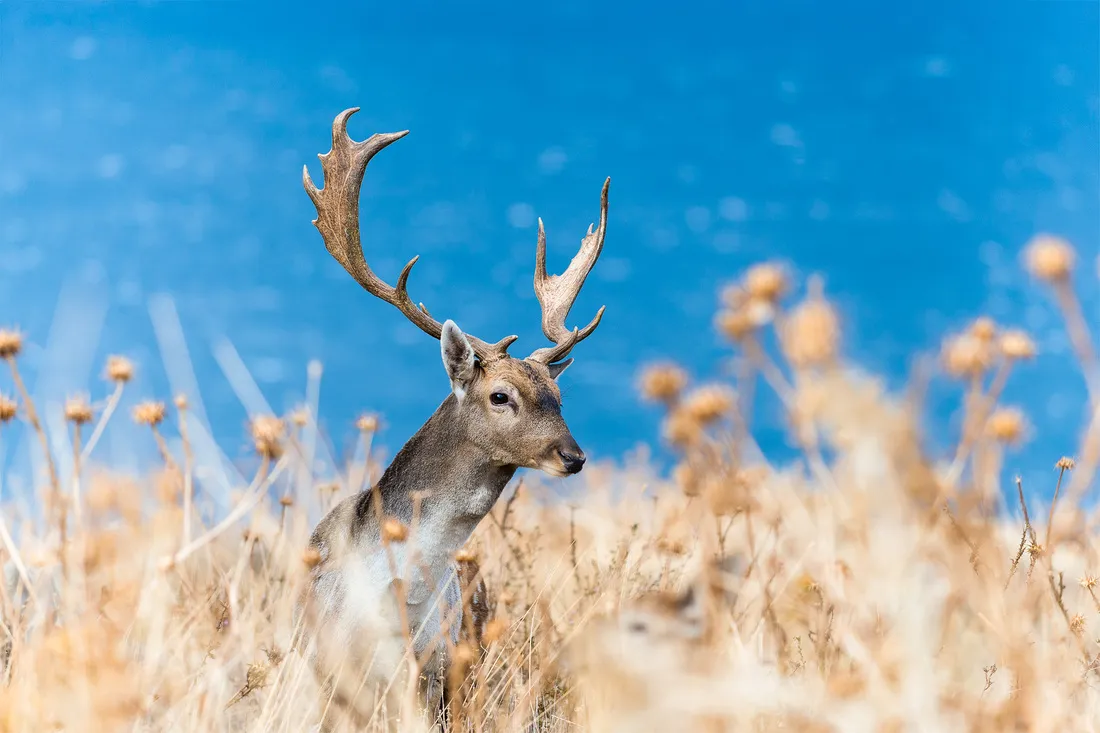
Nikon D800 & AFS 70-200mm f/4G Exposure: 1/1250sec @ f/4 @ ISO 200. A very nice combo for the wedding photographer. It also does wildlife ;-)
GOOD OR BAD?
File size: My personal thoughts on the sensor size, is that 36MP is too much for most people. The large file sizes mean you need more computer power to handle them well, more time to work on them and more patience to live with them. So the real question is not if you need or can use 36MP, but are you willing to make the necessary sacrifices and the necessary expenditure for a better computer system and get your workflow up to a reasonable speed. As I mentioned above, the huge 36MP resolution is good, but too much!
Matrix metering: The Matrix metering sensor has been updated to 91,000 pixels and is much more involved with the focus system, as well. I have always loved the metering in Nikon cameras; they just got better and better with every generation. Metering follows the focusing point and can compensate for portraits that are backlit. It’s so good that I have lost the use of my exposure compensation dial. But since owing the D800 with its almost perfect metering, I find myself changing over to Center weighted on a regular basis because I feel I have the need for a more predictable metering, weird isn’t it? Up until before I got my Guji X-T1 I didn’t know if that was a good or bad thing. Now I know that the “almost” perfect metering of the D800 proved to be too much – something like its sensor! Good, but too much!
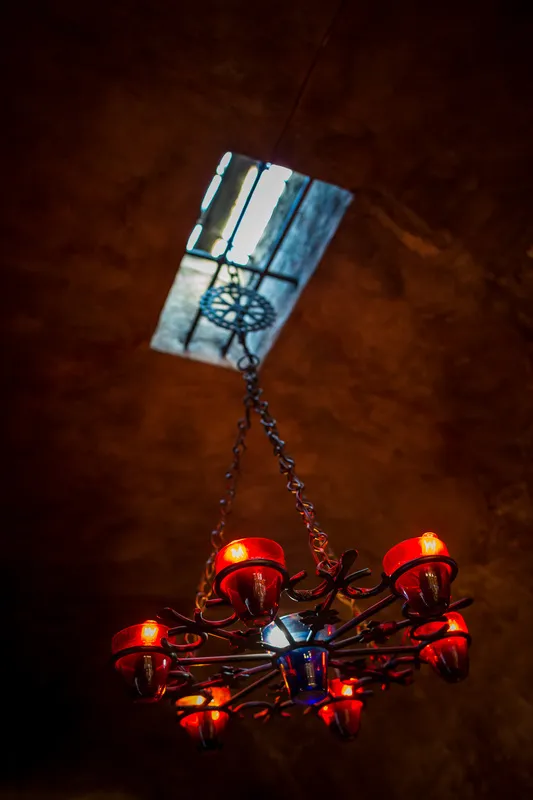
Nikon D800 & AFS 28mm f/1.8G Exposure: 1/60sec @ f/2.8 @ ISO 3200. Handheld inside an old stone built church
LAST WORDS
For just over a 2300€ new and around 1800€ second hand, the D800 today is still an excellent investment. You get 36MP for infinite detail in A2 and larger prints, an outstanding AF performance with excellent tracking, a very bright 100% viewfinder, a larger and better sealed rear LCD and much-much more. But you have to be ready to accept its new workflow, nothing will be the same again. This is why, I insist that the D800 is first and foremost, a landscaper’s camera and at this point in time probably the best camera for the job. It wasn’t and still isn’t the D700 replacement that Nikon professionals deserved and is one of my complaints towards Nikon.
But what about weddings you ask? Well, I would warn any professional 12MP FX user away from trading his workhorse for the D800 - there is a chance such a trade up could prove a mistake - especially if he is a wedding photographer. They should not be looking at the D800 as an upgrade path, but as an extra tool that can be added to their kit.For an upgrade, look at the D3s or D4.

Nikon D800 & AFS 24-120mm f/4G Exposure: 1/30sec @ f/4 ISO 3200. Hand held
UPVOTE & SHARE
If you enjoyed this article I would really appreciate an upvote ;-) You could also help me by resteeming my article for others to find and read, thanks!